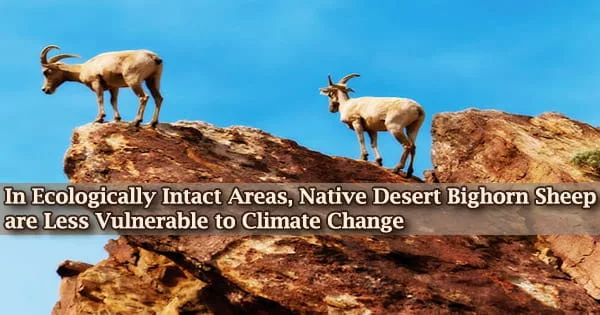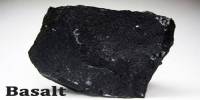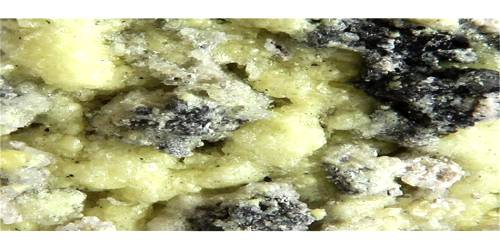According to a recent study performed by Oregon State University, natural desert bighorn sheep populations found in areas of the American Southwest with little human interference, such as numerous national parks, are less likely to be vulnerable to climate change.
One of the largest genetic studies on desert bighorn sheep has been undertaken, and the results of the study have been published in the journal Frontiers in Ecology and Evolution.
More than 1,600 people in 62 communities from 10 National Park Service units and surrounding areas in the states of Arizona, California, Nevada, and Utah provided the researchers with genetic data. Parks and associated administrative entities like reserves and recreation areas are included in park service units.
Bighorn populations were determined to be least at risk in and surrounding Death Valley and Grand Canyon national parks, according to the study. According to lead author Tyler Creech, an OSU graduate working at the Center for Large Landscape Conservation in Bozeman, Montana, the findings suggest that conserving these landscapes should be a top priority for native bighorn conservation.
The populations with the greatest overall susceptibility, according to the researchers, are mainly found outside of national park units in the southern Mojave Desert and in southeast Utah.
In order to determine the bighorn sheep populations’ susceptibility to climate change, the researchers examined the genetic diversity and structure of those populations as well as their genetic and geographic connections to other populations.
“We used DNA samples from bighorn sheep to tell us how genetically diverse populations are,” Creech said. “The populations that are less genetically diverse and less connected to their neighbors are more likely to be negatively impacted by climate change.”
“Genetic diversity allows populations to adapt to new environments,” said study co-author Clint Epps, a wildlife biologist and associate professor in the Department of Fisheries and Wildlife in OSU’s College of Agricultural Sciences. “This study highlights the important role our national park units can play in keeping these populations up as the climate changes.”
We believe this approach was suitable for assessing relative exposure of desert bighorn populations across a large geographic range because although temperature and precipitation are known to influence the fitness of desert bighorn sheep, the specific climatic conditions to which bighorn are most sensitive are not fully understood and may vary geographically.
Tyler Creech
To gather DNA from up to 85 individual bighorns in each group, the researchers mostly employed fecal pellet samples, and they pooled genetic databases from other investigations that covered various parts of the study area beginning in 2000.
Following sample processing and genotyping, the individuals were categorized into populations according to the sites where they were sampled, and the isolation and genetics of each population were then measured.
They also thought about how populations’ susceptibility might be affected by exposure to more severe climatic conditions within bighorn sheep habitat “patches.” Bighorn sheep of the desert inhabit some of the driest and hottest regions in the United States, and climate modeling indicates that those regions may become even drier and hotter.
They employed an index called “forward climatic velocity” to measure the degree to which species would have to relocate to preserve current climate conditions.
The Intergovernmental Panel on Climate Change established two greenhouse gas emission scenarios for the 2050s, one that models moderate emissions and the other that models high emissions.
“We believe this approach was suitable for assessing relative exposure of desert bighorn populations across a large geographic range because although temperature and precipitation are known to influence the fitness of desert bighorn sheep, the specific climatic conditions to which bighorn are most sensitive are not fully understood and may vary geographically,” Creech said.
















